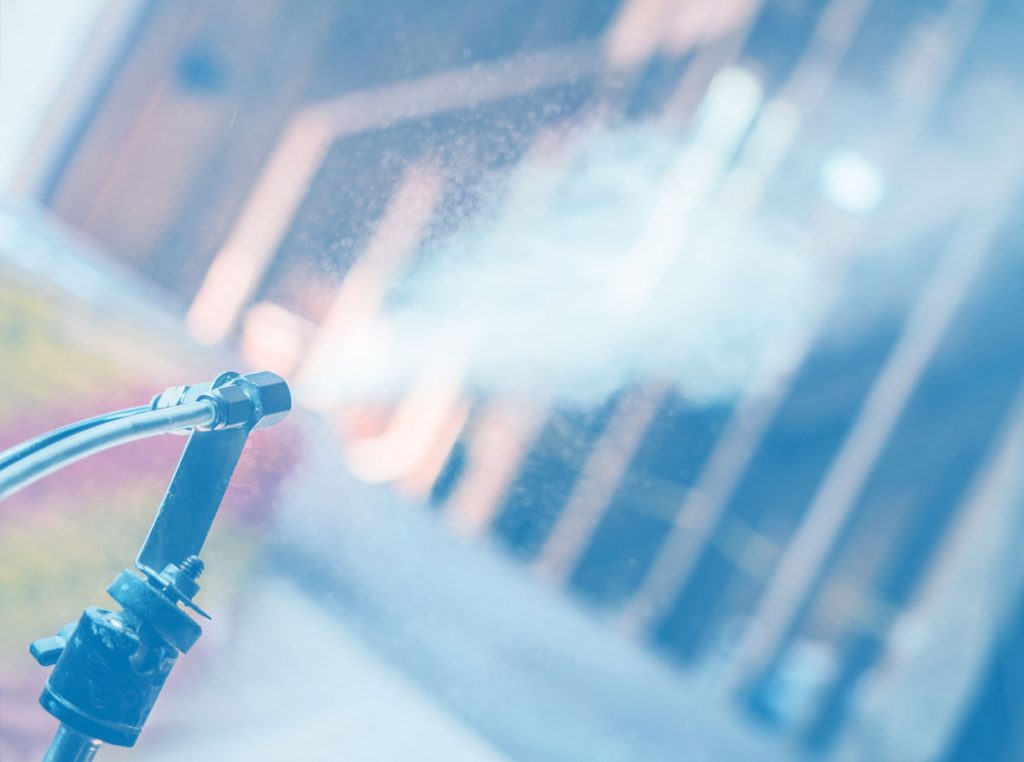Why is Aerobarrier Effective In Conserving Energy In Your Home
In this post, you’ll learn what AeroBarrier is and how it can conserve energy in your home.
But first, what is AeroBarrier sealant. Developed at the University of California in 2013,
AreoBarrier is an air-sealing system that uses an atomized water-based sealant that seeps into
gaps and cracks in the building envelope with air movement created by a blower door.
The average person might not realize, but all these tiny gaps contribute a huge amount to a
home’s air leakage. The sealant closes off these tiny holes, greatly improving a home’s
airtightness.
Currently AeroBarrier is almost exclusively used in apartment buildings and multi-family new
homes still under construction. The most common time to air-seal with AeroBarrier is after the
drywall is finished but before the trim is installed. Existing houses are a challenge, because it’s
more difficult to protect a finished home from the sealant spray.
The largest gap the AeroBarrier process can seal roughly a half inch gap. It won’t by itself seal
big leaks and it doesn’t work as well in older, occupied multi-family buildings because it’s nearly
impossible to keep the sealant contained inside one or two units. But for a builder who is
already building reasonably airtight single- or multi-family homes, it’s often faster and less
expensive than meeting the airtightness requirements other ways.
Why use AeroBarrier?
The Home Energy Rating System (HERS) provides home buyers, sellers, and builders a way to
evaluate the energy efficiency of a house. It provides an easy-to-understand expectation of the
home’s energy consumption and overall comfort. The number takes into account insulation,
windows, HVAC, appliances, solar orientation, and airtightness, among other things. Better-
performing components can offset lesser-performing products in a trade-off scenario. A low
HERS score indicates an energy-efficient home. You can improve the HERS index of your home
by choosing energy-efficient designs and materials or using AeroBarrier sealant.
For builders who don’t have a good HERS score, the sealant provides a guaranteed path to get
there. And even for those who are, it provides a more cost-effective, and much faster way to hit
the target.
Are you someone who wants to make your home more energy efficient but gets stressed about
the thought of the time and money involved? AeroBarrier offers home energy renovation
packages that focus on helping homeowners achieve a stress-free energy upgrade that
significantly decreases energy waste.
How To Seal A Home Using AeroBarrier?
The AeroBarrier process is designed to prioritize ease, affordability, and accountability, without
ever sacrificing quality. The first step is to do an energy profile analysis. This analysis entails a
quick scan of the home’s energy strengths and weaknesses and past energy usage to
understand better what upgrades your home needs. Once we understands your house better,
they will devise a project plan and timeline.
If you are sealing an older home, preparation for the sealing process includes blocking holes
under the bathtub, covering open wall cavities behind fireplaces, all the typical fire caulking
around pipes and wires, etc. But any remaining gaps less than ½-inch can be skipped.
Then, the construction sequence must progress to a stage where the building can be
pressurized. The easiest stage in a normal construction schedule would be after drywall has
been installed. While the sealant will not accumulate on vertical surfaces, it’s still necessary to
cover windows, exhaust fans, and duct registers.
Equipment setup involves mixing the acrylic sealant and setting up the pump and blower door
for building pressurization. Several aerosol spray heads are placed around the building. The
blower door runs to maintain the building at 100 Pascals (a unit of measurement of pressure)
while the sealant is sprayed into the air. Most homes require three to four hours to reach the
targeted level of tightness. Tighter results require more time. A computer controls the process
and monitors air leakage, so the operator can stop when the desired level of air leakage is
reached.
Because the official building air leakage is measured using building depressurization, the blower
door fan must be reversed to document the final air leakage rate.
The cured sealant does not emit volatile organic compounds into the finished home. However,
it’s hazardous to enter the building during the operation without a full face respirator and
outside air supply due to the danger of breathing aerosols.
If you need help contact Okanagan AeroBarrier sealing specialist.

